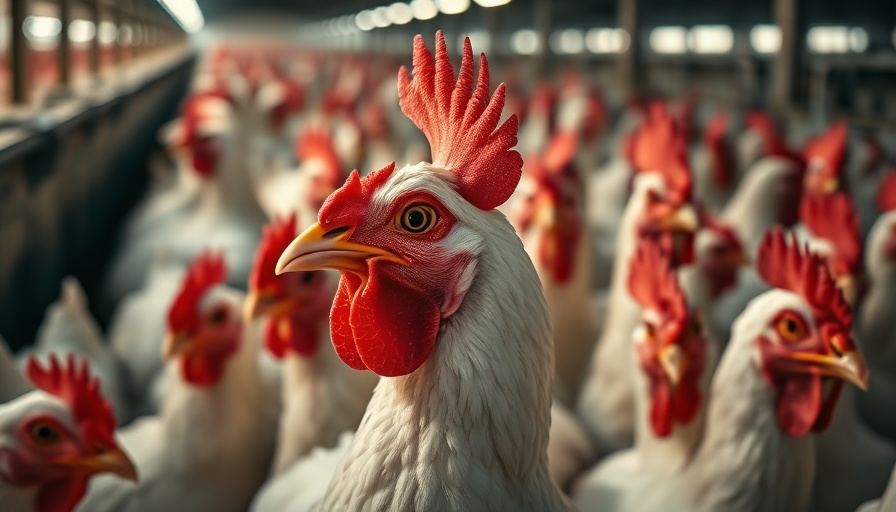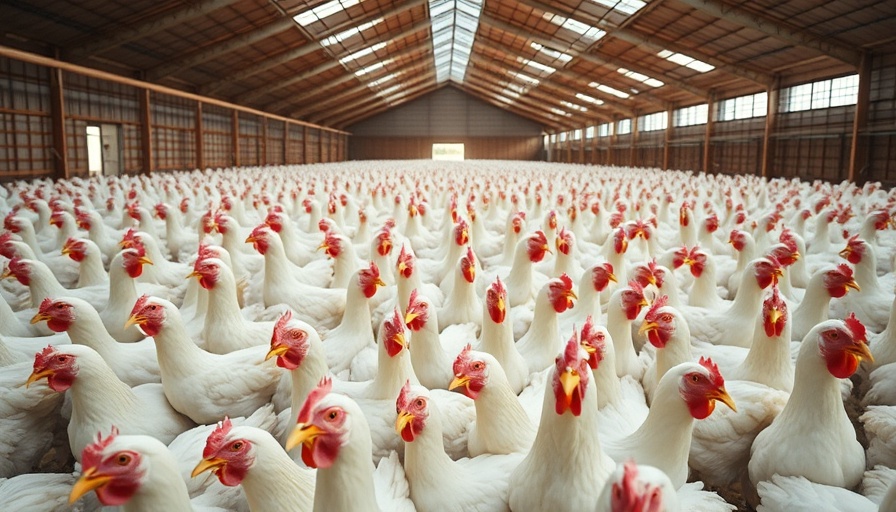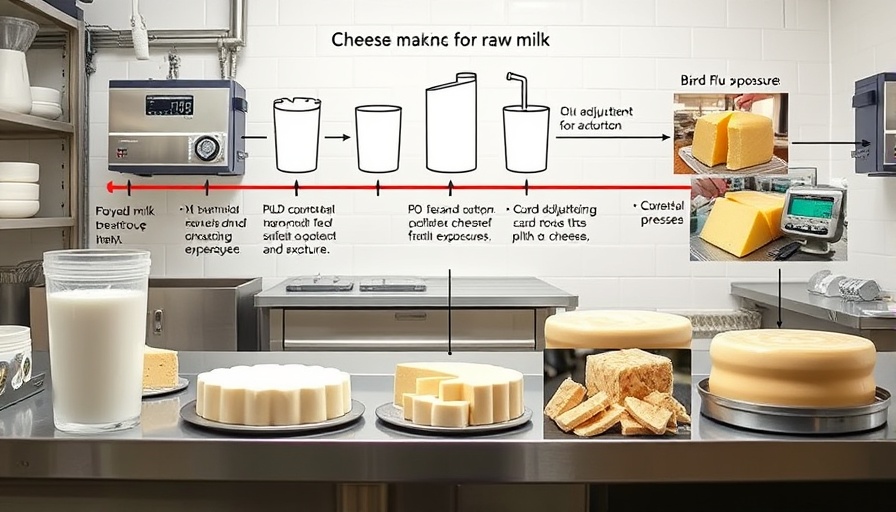
The Spread of Avian Influenza: A Local Concern with Global Implications
The recent detection of highly pathogenic avian influenza (HPAI) at a commercial poultry facility in Moses Lake, Washington, underscores an ongoing threat to poultry health and safety. Since October 7, when sick birds were first reported, the Washington State Department of Agriculture (WSDA) has confirmed the presence of this virulent strain, prompting urgent biosecurity measures across the region. Dr. Amber Itle, Washington State Veterinarian, highlighted the risk of the bird flu, stating, "This first detection of the season reminds us that highly pathogenic avian influenza remains a threat to all domestic poultry—large or small—statewide."
Understanding HPAI: What Poultry Owners Need to Know
HPAI, commonly known as bird flu, spreads rapidly among bird populations, primarily through respiratory secretions, feces, and contaminated environments. While human infections remain rare, understanding the virus's implications is crucial for poultry owners. To mitigate risks, veterinarians recommend stringent biosecurity measures such as limiting access to flocks and restricting equipment sharing between farms. These measures are vital not just for protecting individual businesses but also for preventing a broader outbreak that could affect the entire farming community.
Historical Context of HPAI in the U.S.
HPAI first emerged in the U.S. poultry industry in the 1980s, but significant outbreaks have been noted since 2014, leading to millions of bird culls to contain its spread. This history highlights the importance of consistent monitoring and rapid response by agricultural authorities. As seen in recent years, outbreaks can lead to devastating losses for farmers and have substantial economic impacts on the poultry industry.
Protective Measures: Practical Steps for Poultry Owners
The WSDA has issued specific guidelines for poultry owners to safeguard their birds. Key recommendations include:
- Enclose birds securely and prevent access to wild waterfowl.
- Limit visitors to poultry facilities and keep equipment and clothing dedicated to one farm.
- Promptly report any signs of illness in birds to the WSDA’s Sick Bird Hotline.
These proactive steps are essential in reducing the risk of HPAI transmission and curbing potential outbreaks.
The Role of Community and Awareness
This outbreak serves as a stark reminder of the interconnectedness of our food systems and the health of both wildlife and human populations. The WSDA encourages all poultry owners, whether large operations or backyard enthusiasts, to enhance their understanding of biosecurity practices. By fostering community awareness and engagement, we can collectively safeguard our avian health and ensure the ongoing productivity of our agricultural communities.
Conclusion: Staying Informed
As the situation develops, remaining vigilant and informed about HPAI will be crucial for all stakeholders in the agricultural sector. The WSDA and health organizations will continue to monitor the situation closely, providing updates as necessary. Keeping our birds safe is paramount to protecting our communities and ensuring a stable food supply. Stay engaged and informed.
 Add Row
Add Row  Add
Add 




Write A Comment